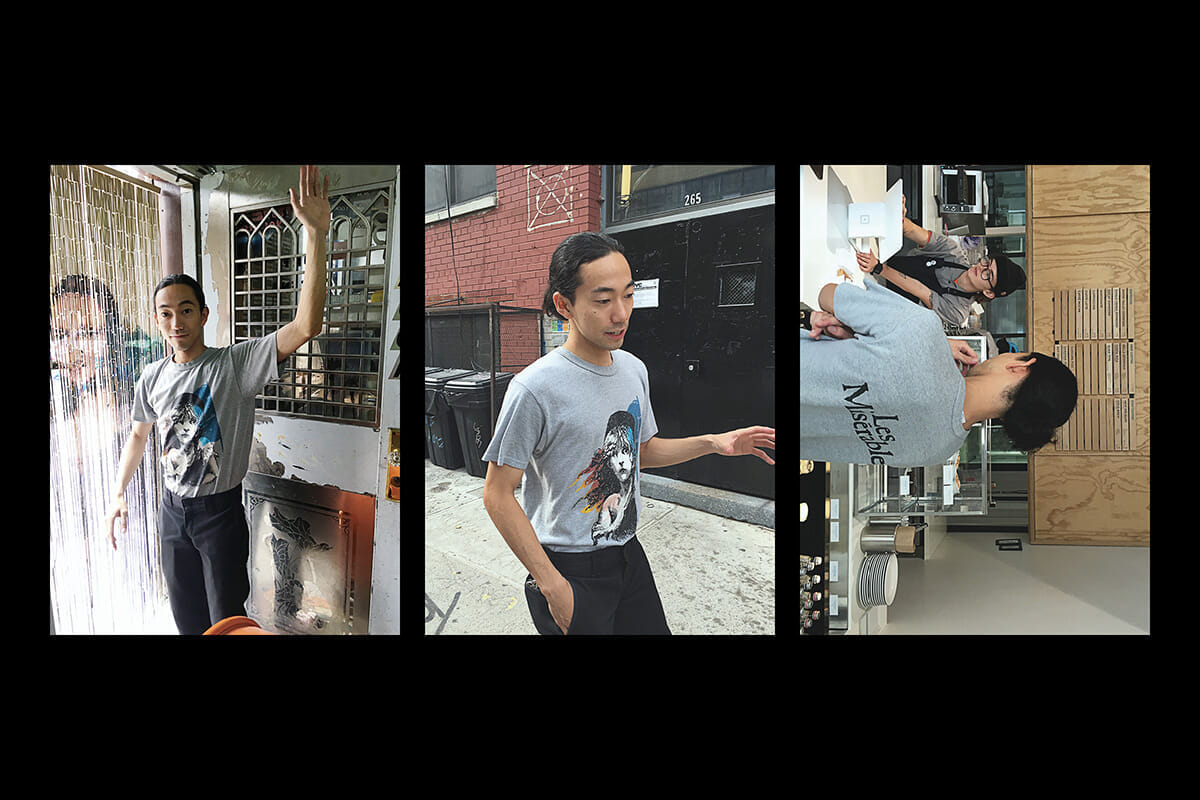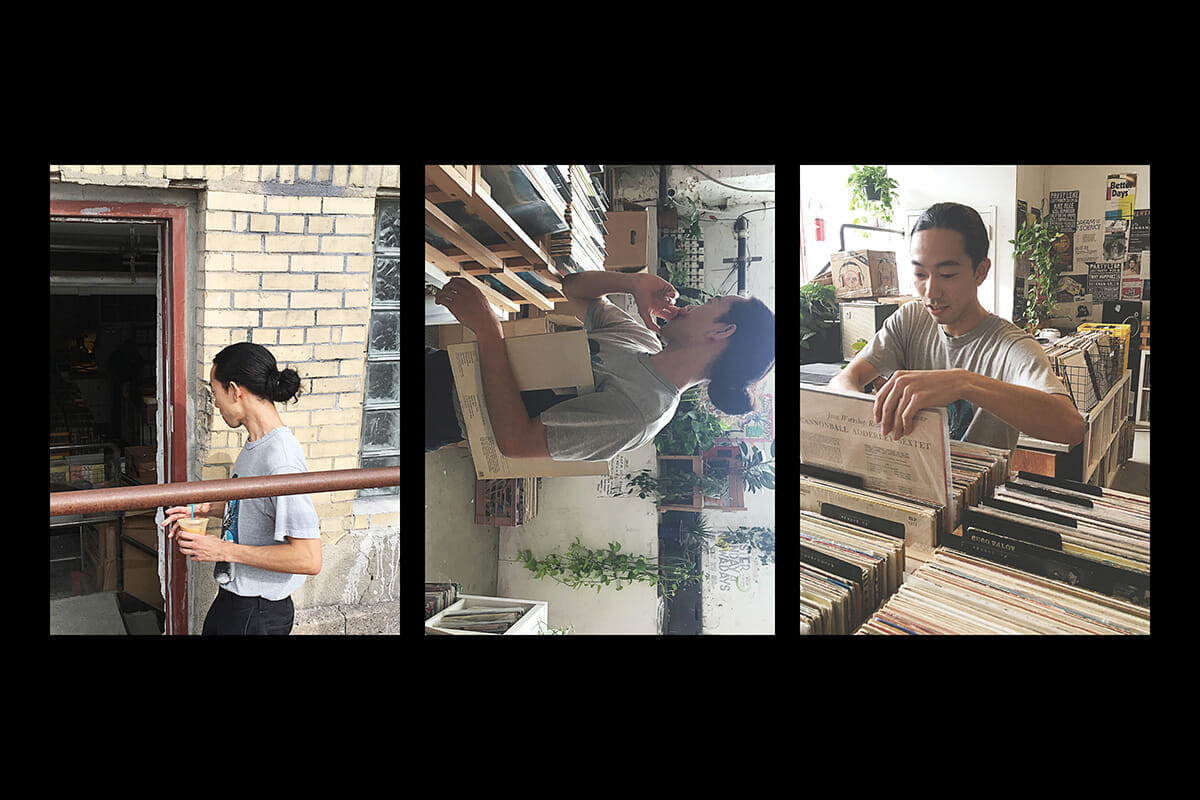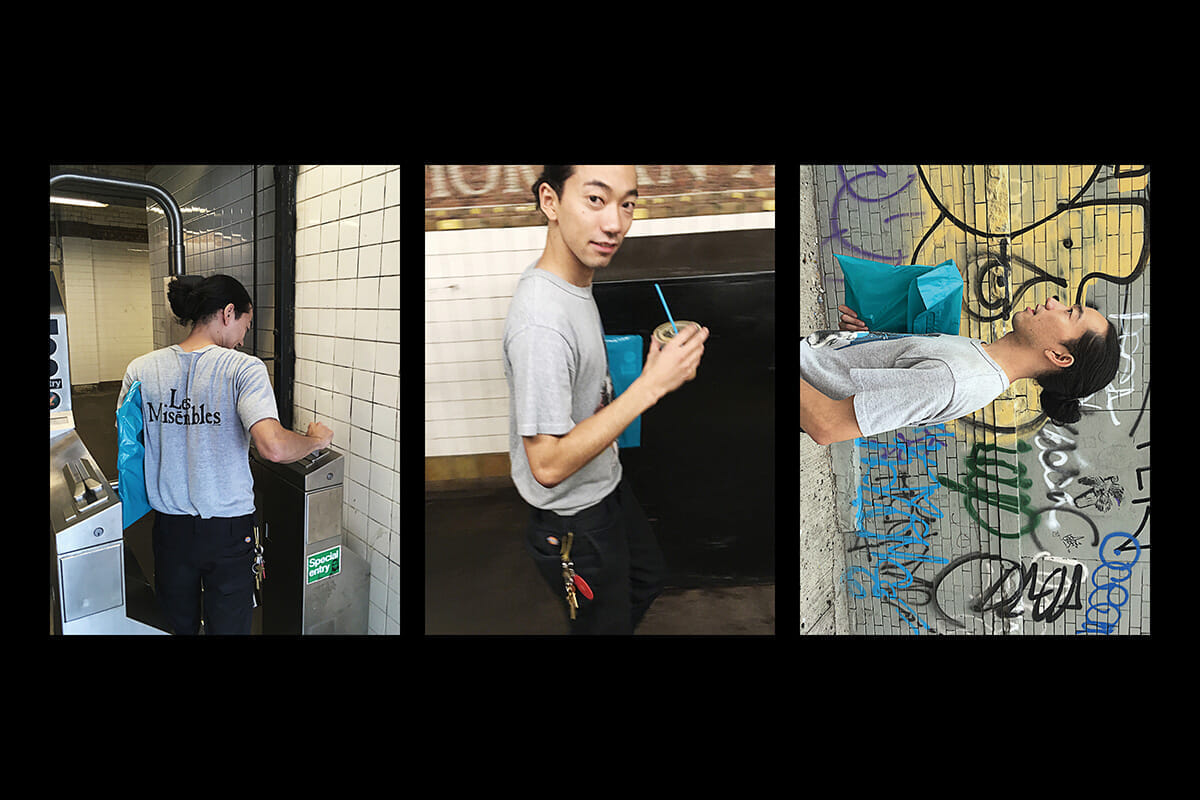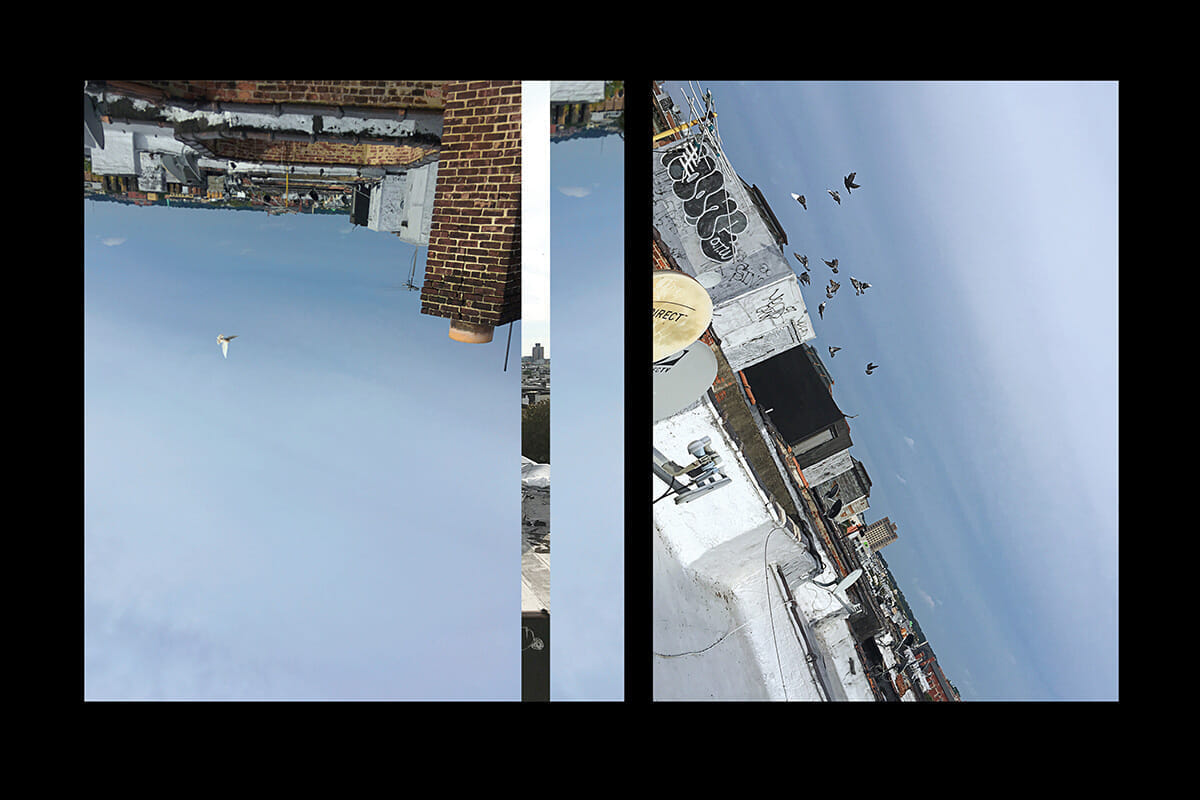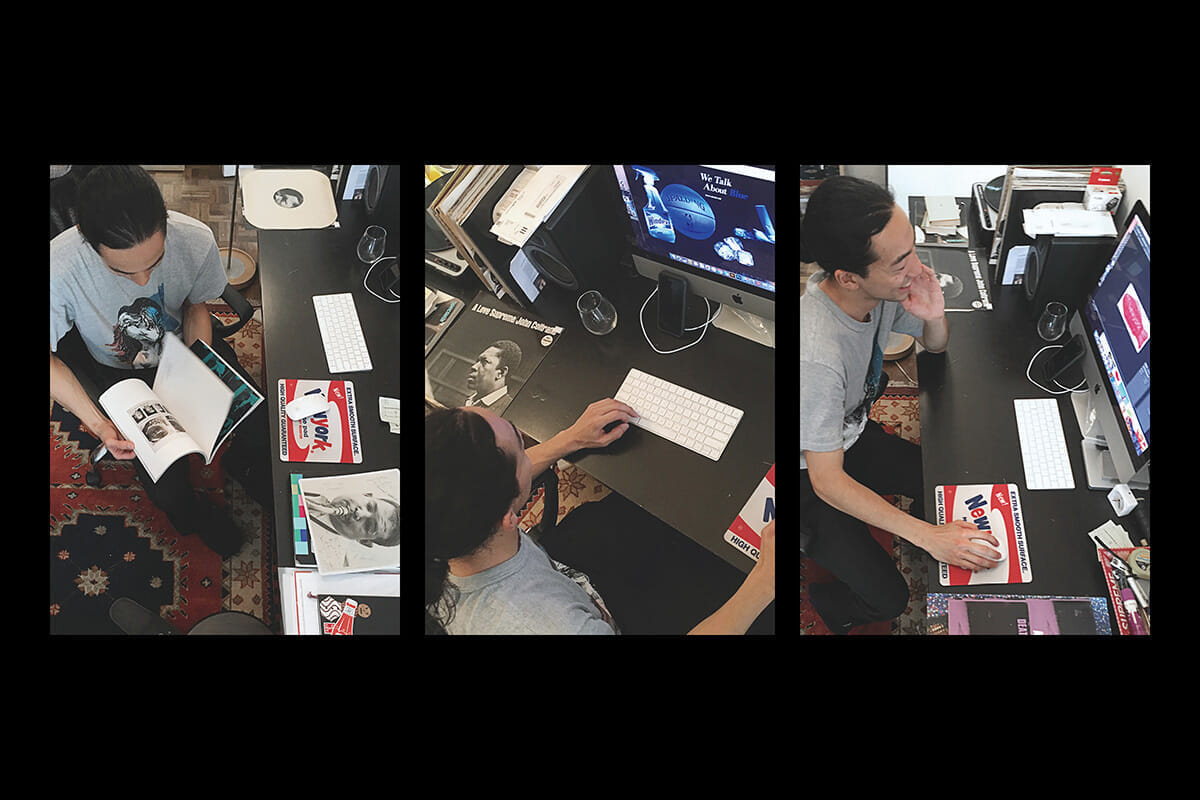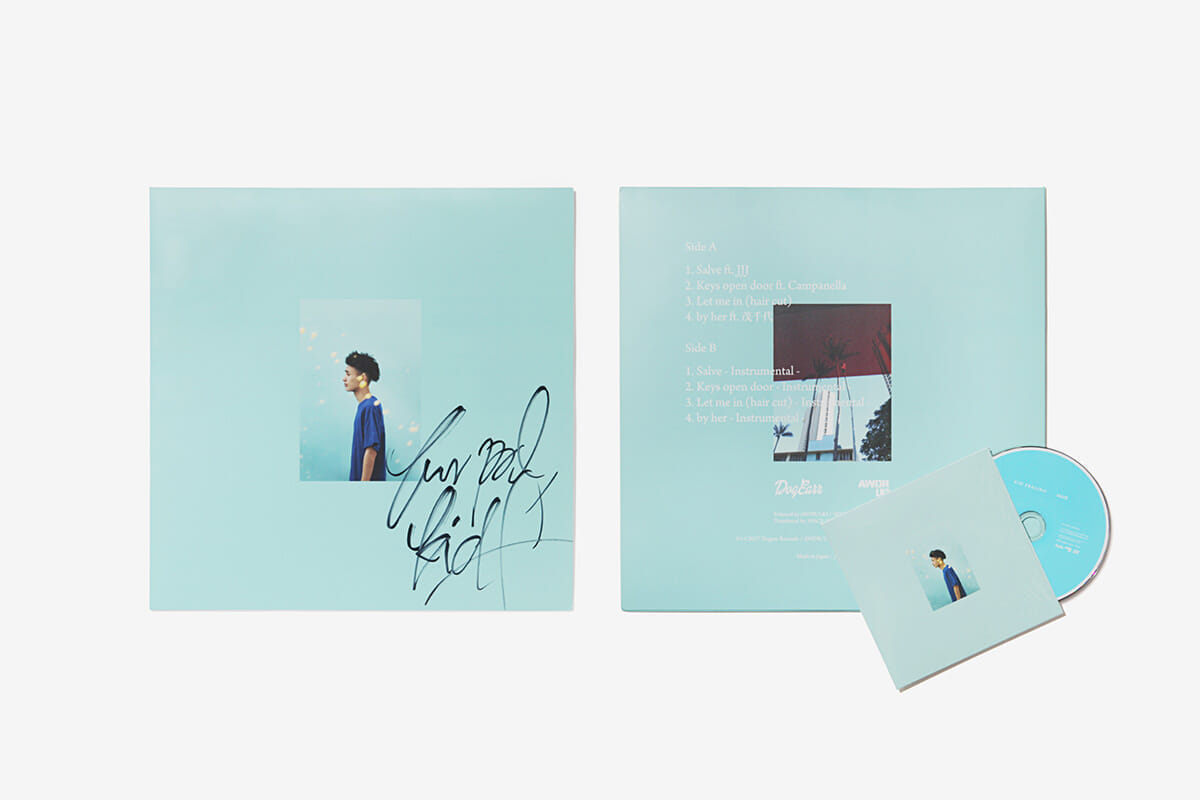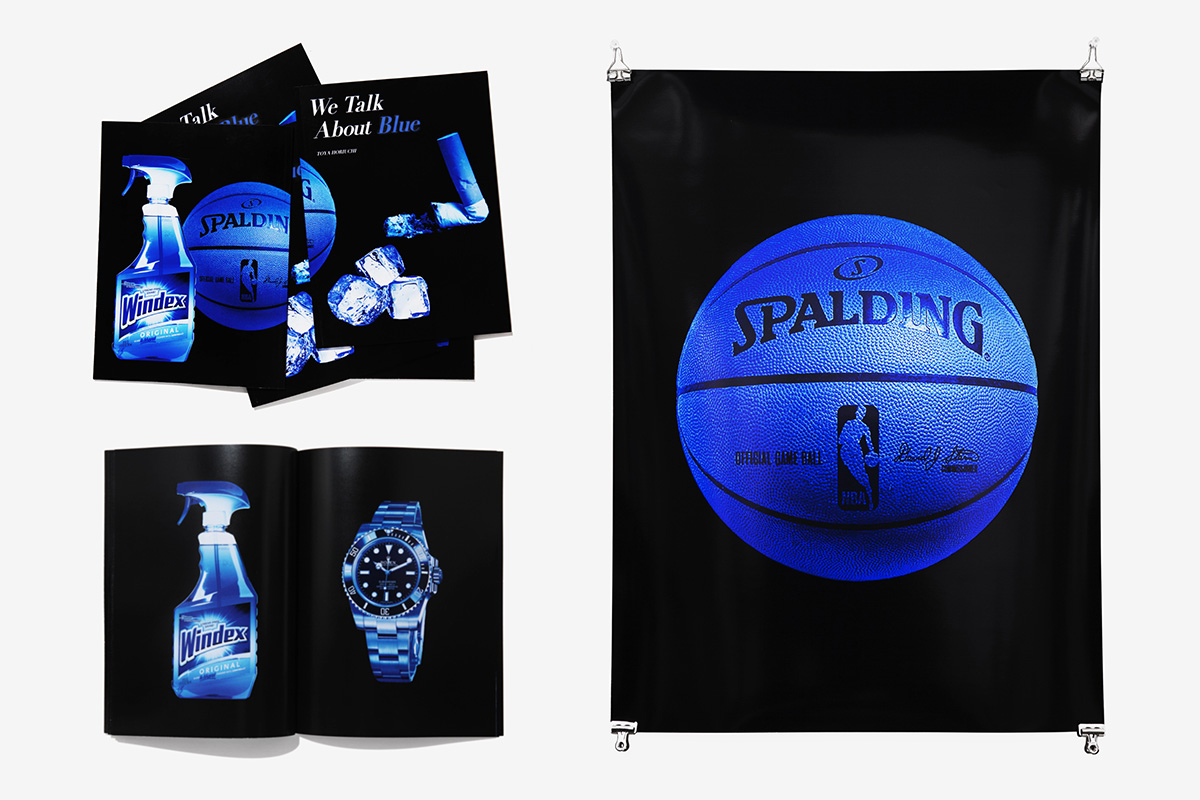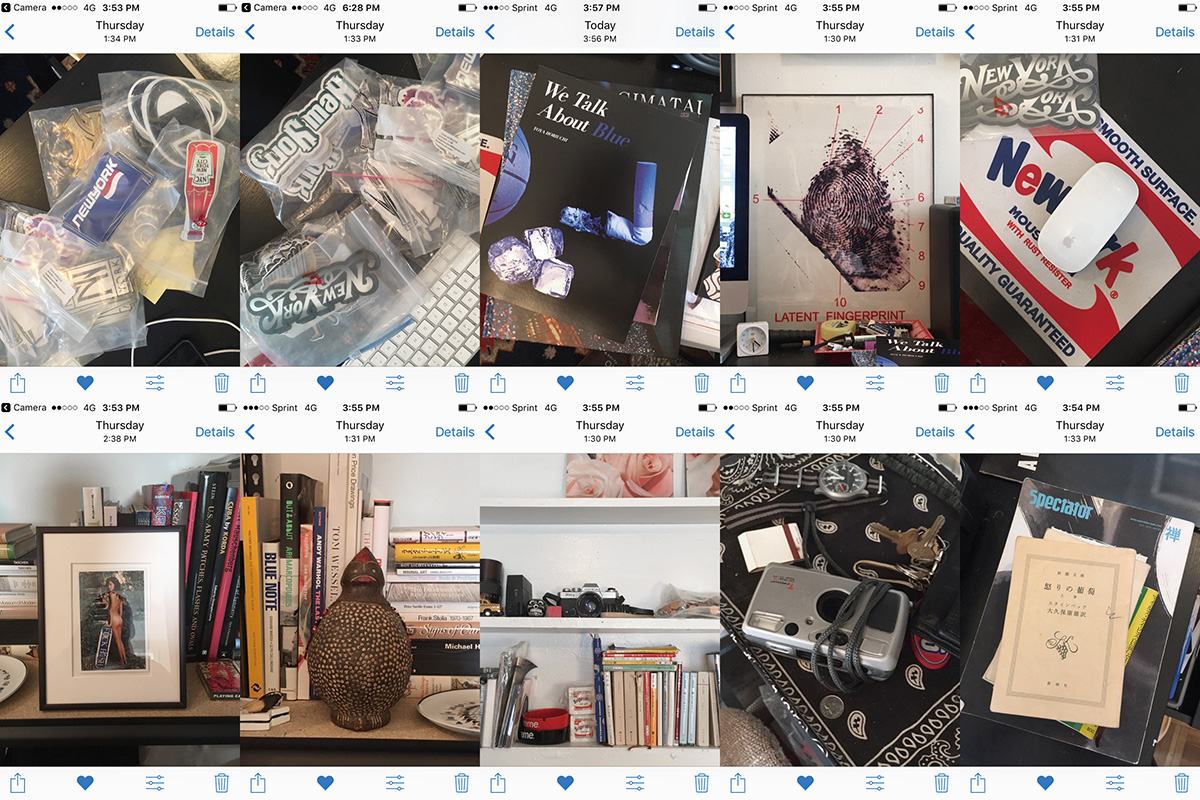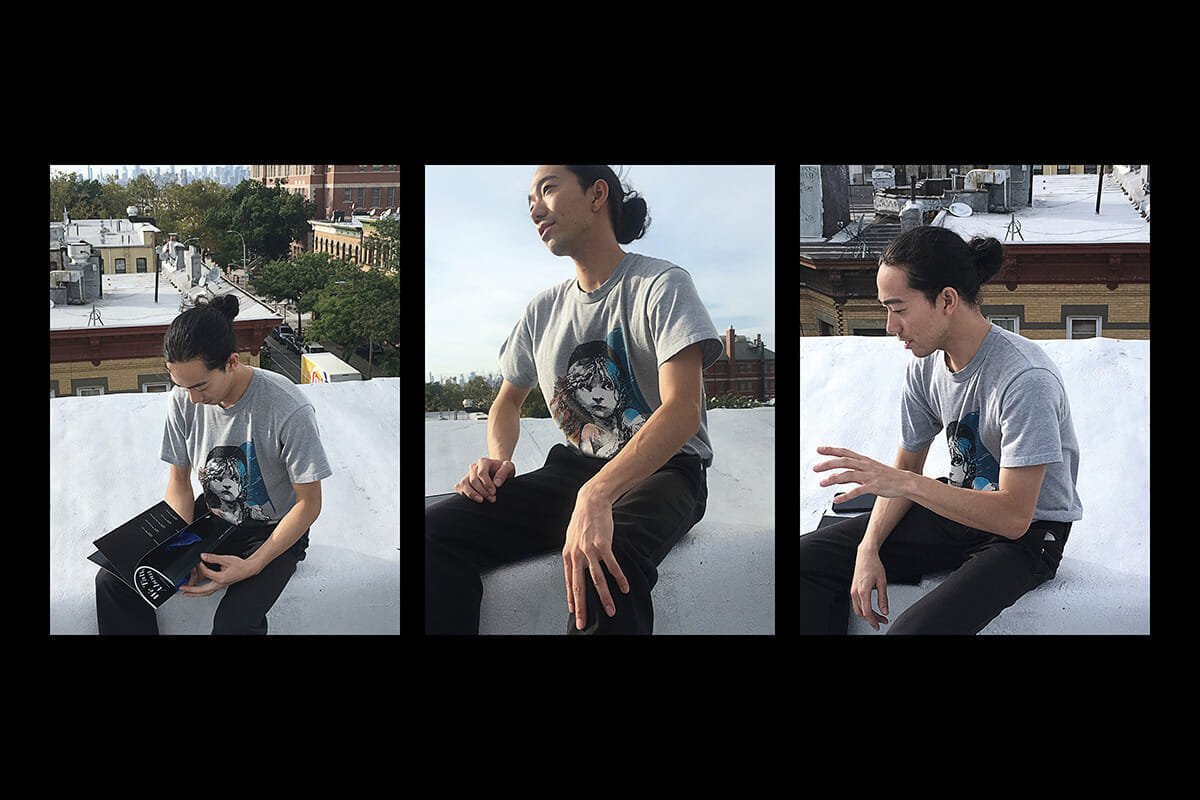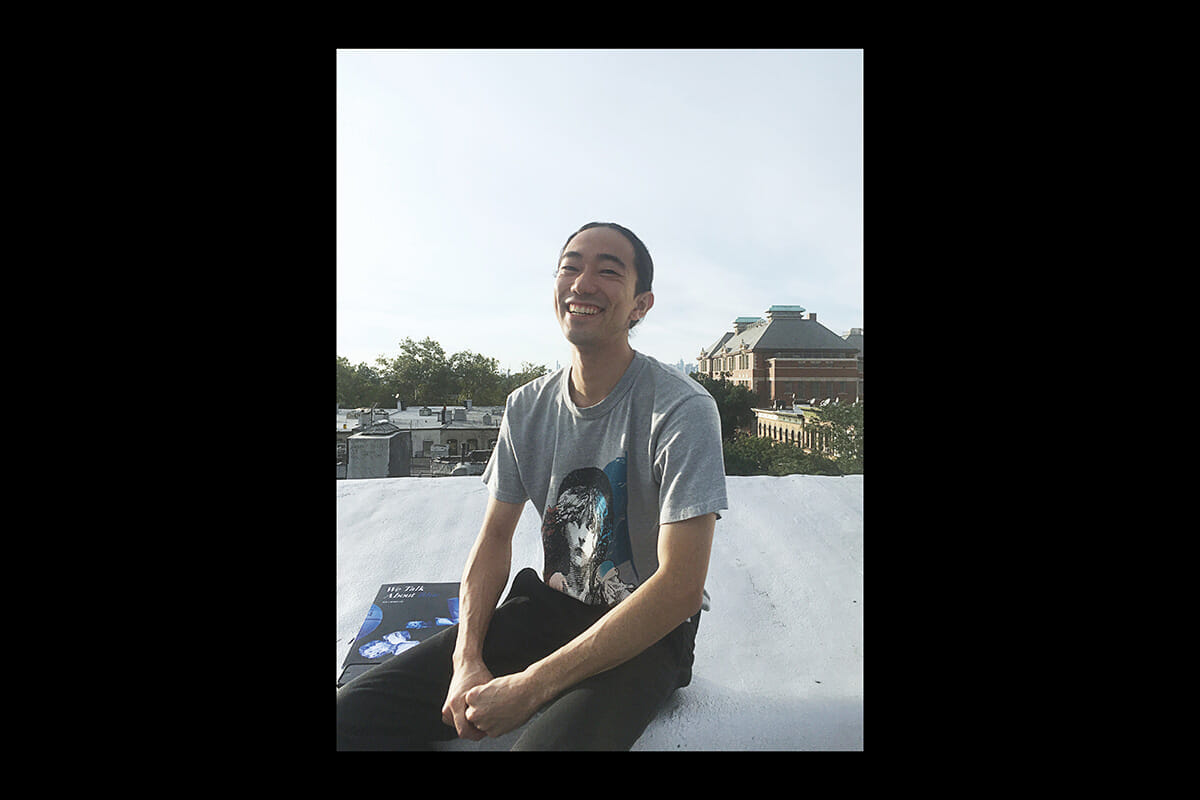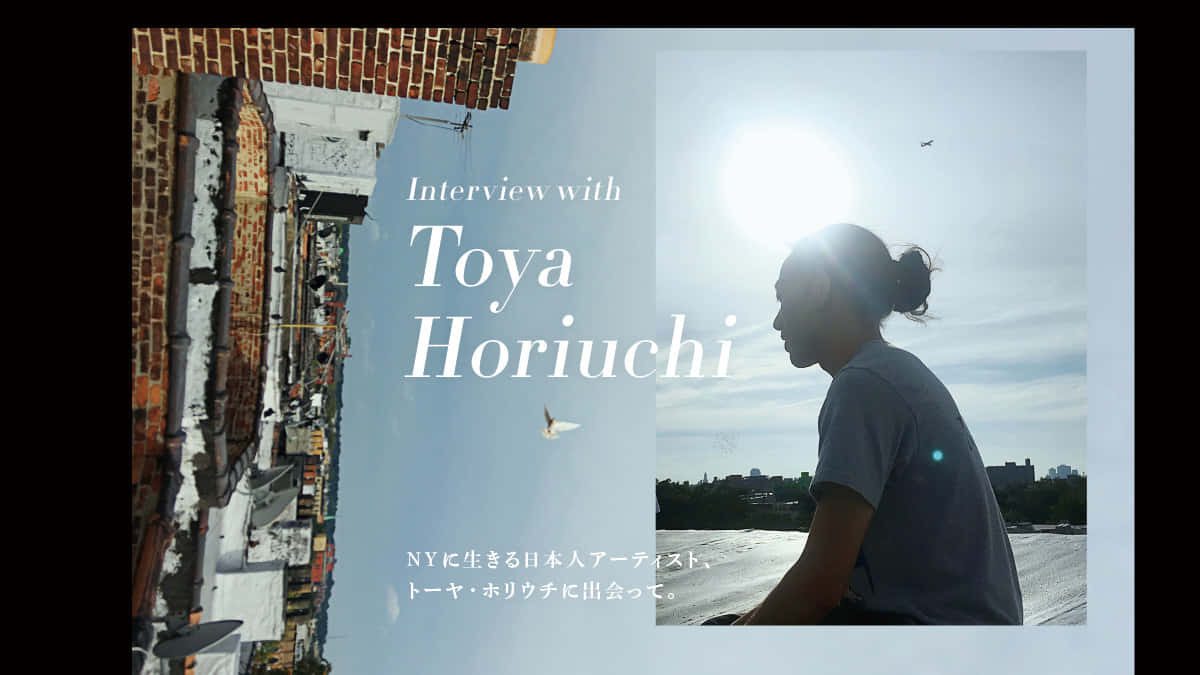
Interview with Toya Horiuchi
Meet Toya Horiuchi, a Japanese artist living in New York.
Toya Horiuchi is an artist living in Brooklyn, NY. His name may not be well-known to many readers yet. However, if you are a fan of skate brands such as Quartersnax and Alltimers, which are popular all over the world, or artist Kid Frezino, who often appears in HOUYHNHNM's, you have probably seen his graphics and designs. We spoke with Kid Freesino, who ventured out on his own to New York, one of the centers of culture, and was finally recognized as an artist.
- Photo_Takeshi Matsumi
- Text_Maruro Yamashita
- Edit_Jun Nakada


